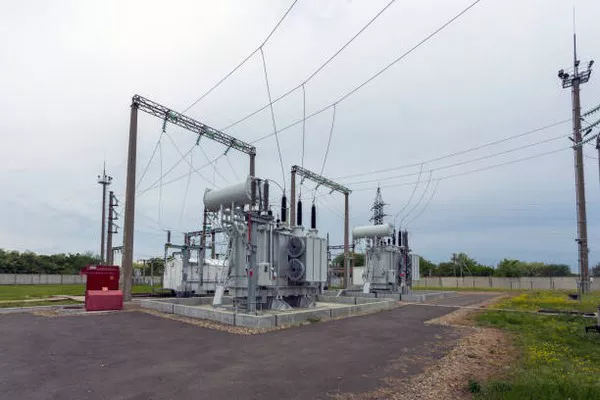Transformers are ubiquitous devices in electrical engineering, renowned for their ability to efficiently transfer energy between two circuits through electromagnetic induction. However, one fundamental limitation of the principles of electromagnetic induction. This article delves into the reasons behind this phenomenon, exploring and the inherent characteristics of DC that render transformers ineffective. Additionally, it addresses common misconceptions and FAQs regarding this topic.
Electromagnetic Induction: The Basis of Transformer Operation
Before delving into why transformers fail to operate with DC, it’s crucial to grasp the fundamental principle upon which they operate: electromagnetic induction. This phenomenon occurs when a changing magnetic field induces an electromotive force (EMF) in a conductor, according to Faraday’s law of electromagnetic induction.
How Transformers Work with AC
Transformers utilize alternating current (AC) to create a changing magnetic field within their core. This changing magnetic field induces an alternating voltage in the secondary winding, allowing energy to be transferred from the primary to the secondary circuit. The key here is the dynamic nature of AC, where the current continuously alternates direction, thus producing a changing magnetic field.
The Role of the Magnetic Flux
The effectiveness of transformers relies on the establishment of a magnetic flux within the core. In an AC circuit, the continuously changing current results in a dynamic magnetic flux, essential for inducing a voltage in the secondary winding. This dynamic flux is what facilitates energy transfer across the transformer.
Limitations of Transformers with DC Input
While transformers excel with AC input, they falter when faced with DC input due to several inherent limitations.
Absence of Alternating Magnetic Field
Unlike AC, DC provides a constant flow of current in one direction. Consequently, this results in a static, unchanging magnetic field within the transformer core. Without the alternating magnetic field necessary for induction, there is no flux variation to induce a voltage in the secondary winding. As a result, no energy transfer occurs, rendering the transformer ineffective.
Inability to Establish Magnetic Flux
Transformers require a changing magnetic flux to induce a voltage across the secondary winding. In DC circuits, the magnetic flux within the core saturates quickly and remains constant due to the steady current flow. As a result, the transformer fails to establish the necessary magnetic flux variation, impeding energy transfer across the windings.
Common Misconceptions
Despite the clear limitations of transformers with DC input, several misconceptions persist regarding their operation.
Misconception 1: Transformers Can Function with DC if the Core Material is Changed
Some may believe that altering the core material of the transformer could enable it to function with DC input. However, while different core materials may affect the efficiency and performance of transformers with AC input, they cannot overcome the fundamental limitation of DC’s inability to produce a changing magnetic field necessary for induction.
Misconception 2: Using Pulsed DC Instead of Continuous DC
Another misconception suggests that pulsating or pulsed DC could facilitate transformer operation. While pulsating DC does introduce some variation in the magnetic field, it is insufficient to sustain the dynamic flux required for efficient energy transfer. Pulsed DC may induce some voltage in the secondary winding, but it remains highly inefficient and impractical for most applications.
FAQs
1. Can I Convert DC to AC to Use a Transformer?
Yes, DC can be converted to AC using devices such as inverters or oscillators. Once converted to AC, the transformed current can be utilized by a transformer for energy transfer.
2. Are There Any Alternatives to Transformers for DC Applications?
For DC applications requiring voltage transformation or power conversion, devices such as DC-DC converters or choppers are commonly employed. These devices can efficiently step-up or step-down DC voltages without relying on the principles of electromagnetic induction.
3. Why Are Transformers Still Widely Used Despite Their Limitation with DC?
Transformers remain indispensable in electrical systems, particularly for high-voltage transmission and power distribution. While they may not work directly with DC, their efficiency, reliability, and cost-effectiveness in AC applications make them indispensable components in the electrical infrastructure. Additionally, the widespread availability of AC power sources facilitates the use of transformers in numerous applications.
SEE ALSO What Does A Pad Mounted Transformer Do
Conclusion
In essence, the incompatibility of transformers with direct current stems from the absence of flux variation essential for electromagnetic induction. While transformers excel in transferring energy across AC circuits, they falter in DC environments due to core saturation, energy losses, and inefficiencies. However, through innovative designs and alternative technologies such as DC-DC converters, the realm of transformer applications continues to evolve, addressing the diverse needs of modern electrical systems.

